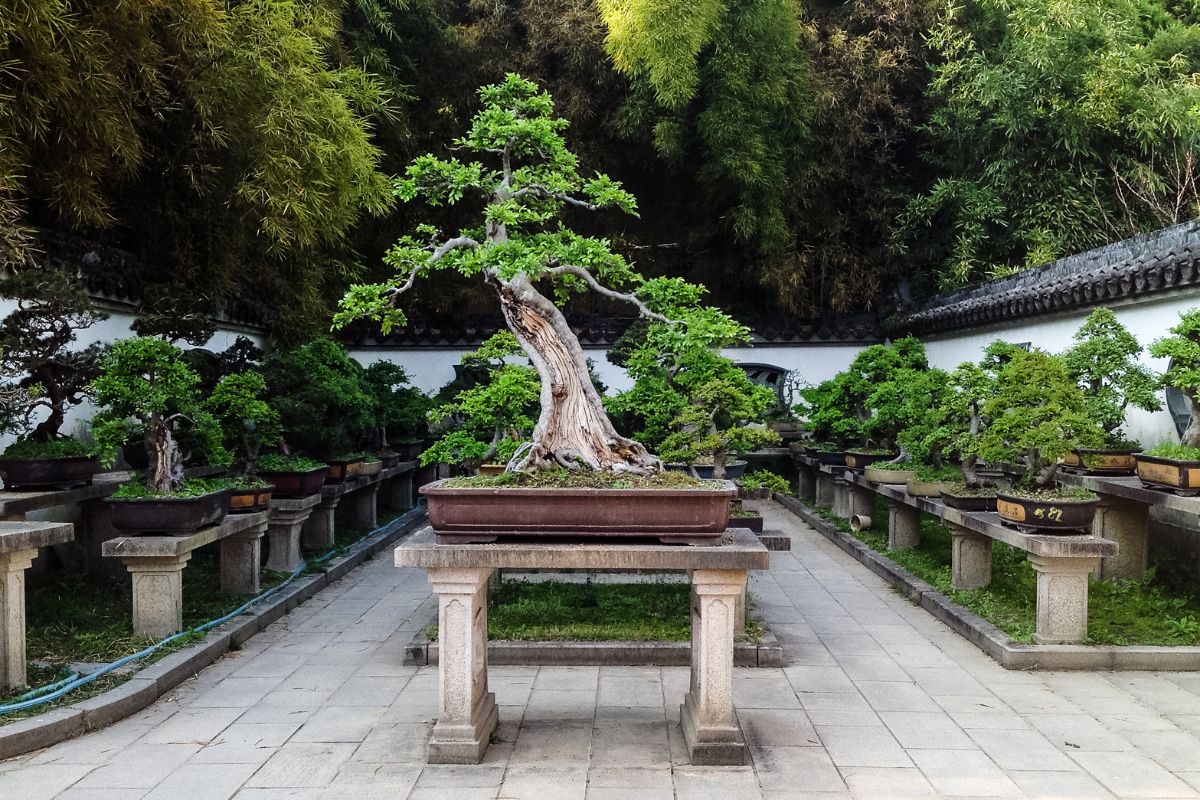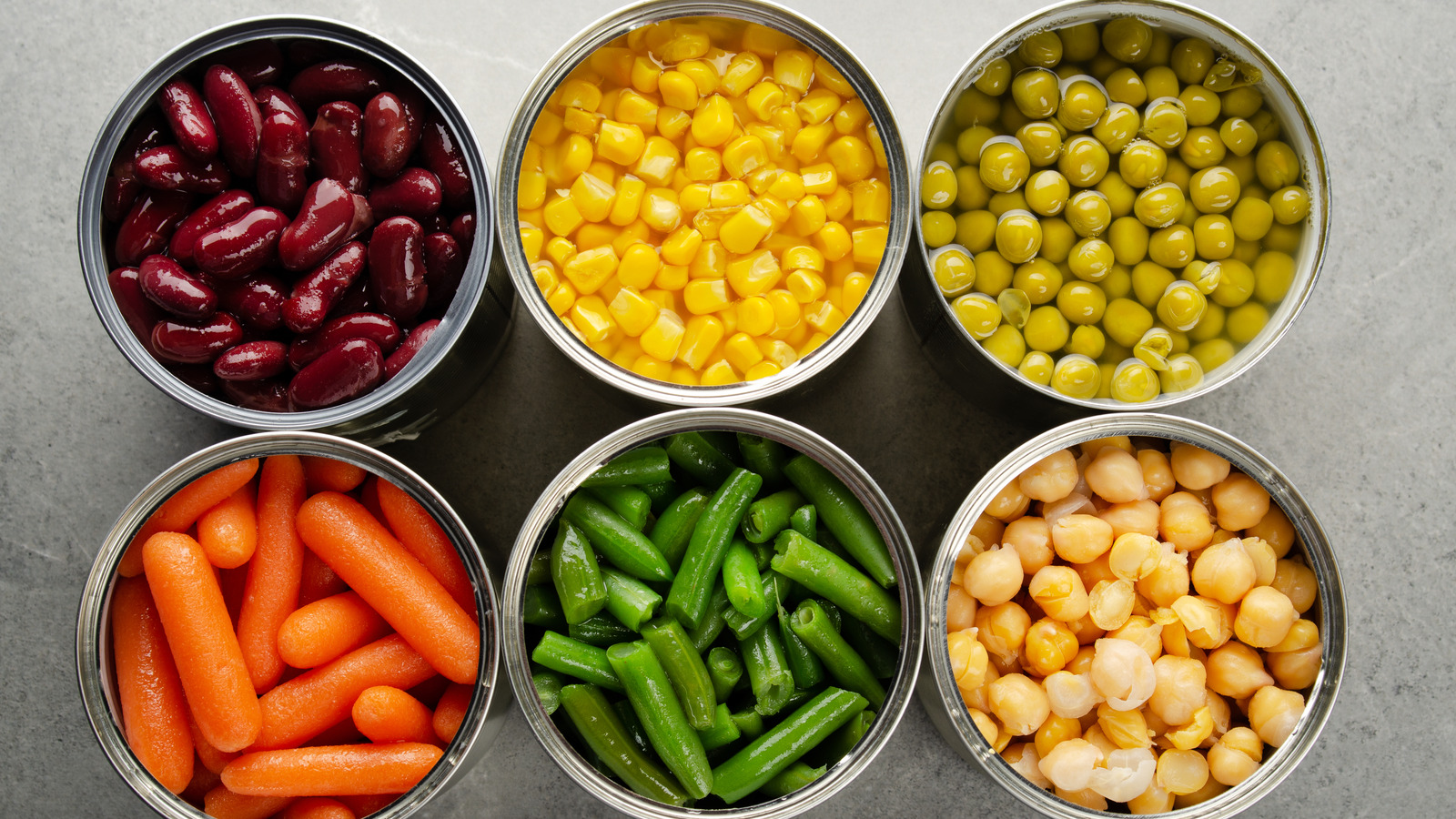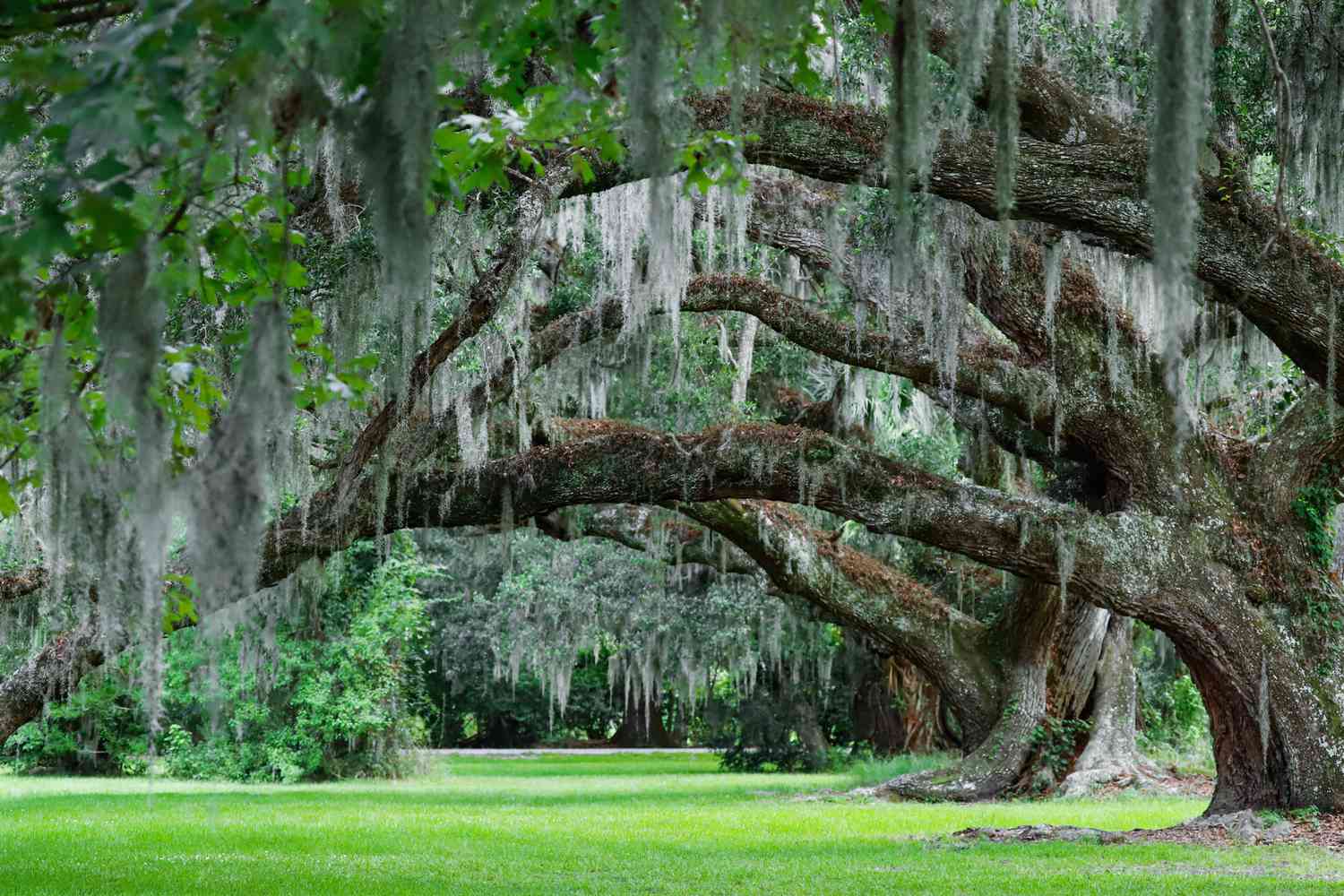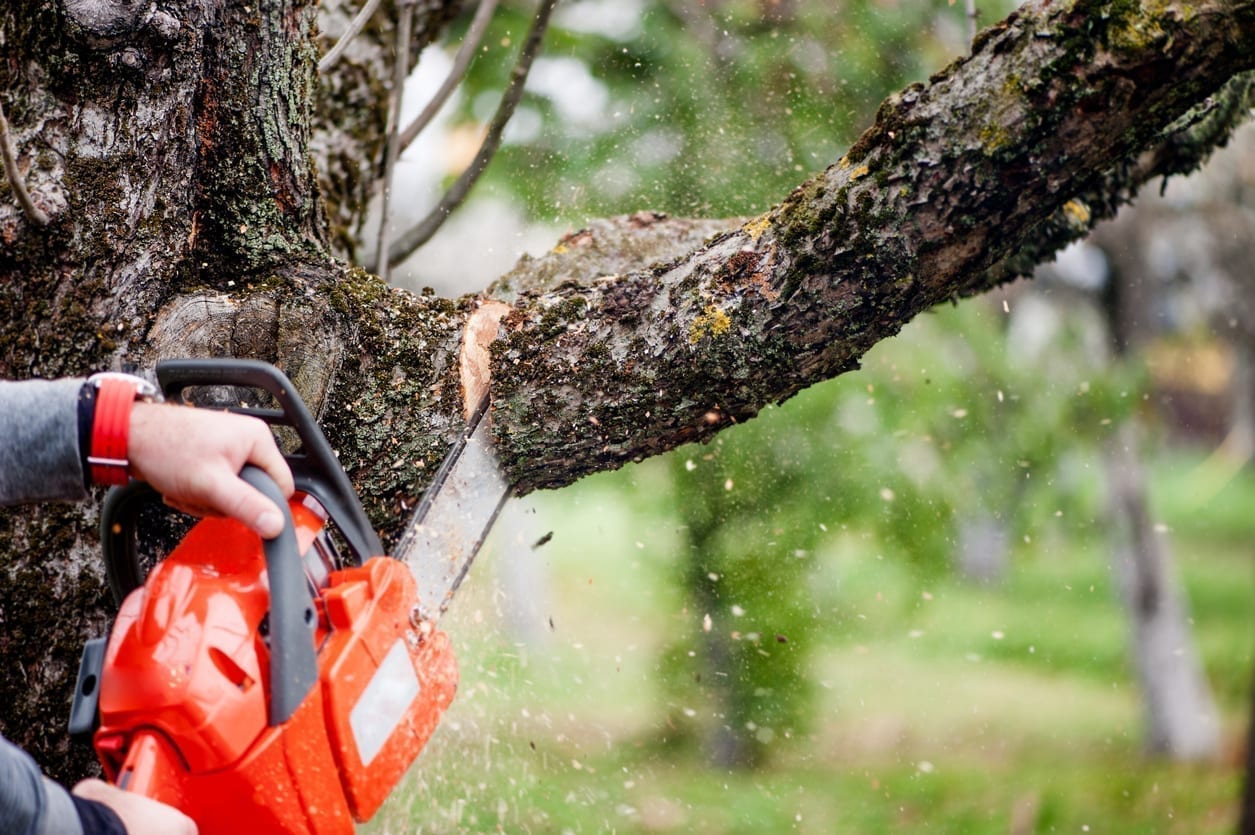Home>Types of Gardening>Ornamental Gardening>How Long Can Bonsai Go Without Water


Ornamental Gardening
How Long Can Bonsai Go Without Water
Modified: January 22, 2024
Discover the ideal watering schedule for your bonsai trees and learn how long they can survive without water. Expert tips for ornamental gardening enthusiasts.
(Many of the links in this article redirect to a specific reviewed product. Your purchase of these products through affiliate links helps to generate commission for Chicagolandgardening.com, at no extra cost. Learn more)
Table of Contents
Introduction
Welcome to the enchanting world of bonsai, where the art of cultivating miniature trees has captivated enthusiasts for centuries. Bonsai, a Japanese term that translates to "planted in a container," encapsulates the essence of nature distilled into a small, captivating form. As with any living being, proper care is essential for the well-being of bonsai trees. Among the crucial elements for their sustenance, water stands as a cornerstone. In this article, we delve into the intricate relationship between bonsai and water, exploring the nuances of watering these exquisite creations.
The practice of growing bonsai is not merely a horticultural endeavor; it is an expression of harmony, patience, and artistry. Each bonsai tree embodies a story, reflecting the passage of time through its carefully pruned branches and meticulously tended roots. Water, the elixir of life, plays a pivotal role in preserving this narrative, sustaining the bonsai's vitality and preserving its timeless beauty.
While the allure of bonsai lies in its diminutive form, the responsibility it entails is anything but small. Understanding the watering needs of bonsai is paramount to nurturing these living masterpieces. Moreover, recognizing the signs of water stress and learning how to mitigate its effects are vital skills for any bonsai enthusiast. Join us as we embark on a journey to unravel the mysteries of bonsai watering, gaining insights that will enrich your connection with these remarkable living treasures.
Understanding Bonsai Watering Needs
Watering is a fundamental aspect of bonsai care, as it directly impacts the tree’s health and vitality. Unlike their counterparts in nature, bonsai trees are confined to relatively small containers, which necessitates a heightened awareness of their watering requirements. Understanding the unique needs of bonsai trees is essential for maintaining their well-being.
Bonsai trees, despite their diminutive size, possess the same biological processes as their full-sized counterparts. They absorb water through their roots, which is then transported to the rest of the tree, nourishing leaves, branches, and trunk. However, the confined space of a bonsai pot limits the volume of soil available to retain moisture, making the watering process more critical and frequent.
Factors such as the species of the tree, the size of the container, the type of soil, and the prevailing environmental conditions all influence the watering needs of bonsai. For instance, trees with high water requirements, such as willows, may need more frequent watering, while species that thrive in drier conditions, like junipers, require a more sparing approach.
Understanding the specific needs of your bonsai tree is a journey of observation and adaptation. It involves closely monitoring the tree’s response to watering, taking note of how quickly the soil dries out and adjusting the watering frequency accordingly. Additionally, the seasonal variations in temperature and humidity demand a flexible approach to watering, ensuring that the tree receives adequate moisture without being waterlogged.
By comprehending the intricate interplay of factors influencing bonsai watering, enthusiasts can develop a profound connection with their trees, nurturing them with the care and attention they deserve. As we delve deeper into the art of bonsai cultivation, let us explore the diverse elements that shape the watering needs of these captivating miniature trees.
Factors Affecting Bonsai Water Requirements
The watering needs of bonsai trees are influenced by a myriad of factors, each contributing to the delicate balance of moisture essential for their well-being. Understanding these factors is crucial for maintaining the optimal watering regimen and fostering the health of bonsai trees.
- Species and Size: Different species of bonsai trees have varying water requirements. Trees native to humid environments may need more frequent watering, while those adapted to arid climates may thrive with less moisture. Furthermore, the size of the tree and its root system relative to the pot size affects the amount of water it needs.
- Soil Composition: The composition of the soil in which the bonsai is planted plays a significant role in water retention and drainage. Well-draining soil, such as a mix of akadama, pumice, and lava rock, allows for adequate moisture while preventing waterlogging, promoting healthy root growth.
- Container Type: The material and size of the bonsai pot impact water retention and evaporation. Unglazed clay pots allow for greater evaporation, while plastic or glazed pots retain moisture for longer periods. The size of the pot relative to the tree’s root system also influences watering frequency.
- Environmental Conditions: Factors such as temperature, humidity, and air circulation directly affect the rate of evaporation and the tree’s water uptake. During hot and dry weather, bonsai trees may require more frequent watering to compensate for increased moisture loss.
- Seasonal Variations: The changing seasons bring fluctuations in temperature and humidity, impacting the water requirements of bonsai trees. During the active growing season, typically spring and summer, trees may require more frequent watering to support their growth. In contrast, reduced watering may be necessary during the dormant winter months.
By considering these multifaceted factors, bonsai enthusiasts can tailor their watering practices to meet the specific needs of their trees, ensuring optimal health and vitality. As we unravel the intricate tapestry of bonsai care, let us delve deeper into the signs that indicate a bonsai tree’s water stress, guiding us in the quest to provide the best possible care for these living works of art.
Signs of Bonsai Water Stress
Recognizing the signs of water stress in bonsai trees is essential for preempting potential damage and preserving their health. As miniature replicas of their full-sized counterparts, bonsai trees exhibit distinct indicators when experiencing water-related challenges. Understanding these signs empowers enthusiasts to intervene promptly, mitigating the effects of water stress and fostering the well-being of their cherished trees.
Wilting Foliage: One of the most conspicuous signs of water stress is the wilting of leaves and needles. When a bonsai tree lacks adequate moisture, its foliage may appear limp, losing its characteristic turgidity. This visible change in the tree’s appearance serves as an early warning sign of water deficiency.
Yellowing or Browning Leaves: In response to prolonged water stress, the leaves of a bonsai tree may exhibit discoloration, turning yellow or brown. This occurs as the tree reallocates its limited water reserves, prioritizing essential functions and sacrificing non-critical foliage. Monitoring the coloration of the leaves provides valuable insights into the tree’s hydration status.
Dry or Brittle Growth: When subjected to prolonged water deprivation, the new growth on a bonsai tree may become dry and brittle. This is particularly evident in the tips of branches and the emerging foliage. The loss of suppleness and vibrancy in new growth serves as a poignant indicator of water stress.
Slow Growth or Stunted Development: Water-stressed bonsai trees may exhibit reduced growth rates and stunted development. The tree redirects its limited resources to essential functions, retarding its overall growth. Observing the tree’s progression and comparing it to its typical growth patterns can reveal deviations indicative of water-related challenges.
Soil Dryness: A simple yet effective method of assessing a bonsai tree’s hydration status is by inspecting the soil moisture. Dry, crumbly soil indicates a need for watering, while excessively wet soil may signal overwatering, leading to potential root rot. Monitoring the soil’s moisture content is integral to maintaining an optimal watering regimen.
By attuning themselves to these subtle yet telling signs, bonsai enthusiasts can proactively address water stress, ensuring the sustained vigor and resilience of their cherished trees. As we delve into the intricacies of bonsai care, let us explore the critical question of how long a bonsai tree can survive without water, shedding light on the thresholds of resilience within these captivating living artworks.
How Long Can Bonsai Survive Without Water?
Bonsai trees, like all living organisms, rely on water for their survival. The duration a bonsai can survive without water is influenced by various factors, including the tree’s species, health, environmental conditions, and the time of year. While bonsai trees exhibit remarkable resilience, prolonged water deprivation can have detrimental effects on their well-being.
The ability of a bonsai tree to withstand periods without water is contingent on its species and overall health. Some species, particularly those native to arid regions, have evolved mechanisms to endure prolonged droughts, exhibiting a higher tolerance for water scarcity. Conversely, species that thrive in moist environments may be more susceptible to water stress, necessitating more frequent watering.
Environmental conditions, such as temperature and humidity, also play a significant role in a bonsai tree’s ability to withstand water deprivation. During hot and dry weather, bonsai trees may experience accelerated moisture loss, requiring more frequent watering to sustain their vitality. In contrast, cooler temperatures and higher humidity levels mitigate water loss, affording the tree greater resilience during periods without water.
Furthermore, the health and vigor of the bonsai tree influence its capacity to endure water scarcity. A healthy, well-nourished tree is better equipped to withstand periods without water, drawing upon its internal reserves to sustain essential biological processes. Conversely, a tree already compromised by disease or stress may succumb more readily to the effects of water deprivation.
While bonsai trees possess remarkable resilience, prolonged water deprivation can lead to irreversible damage, including desiccation of foliage, root dieback, and diminished vitality. The specific duration a bonsai can survive without water varies widely and is influenced by the aforementioned factors. As a general guideline, it is advisable to avoid subjecting bonsai trees to extended periods without water, as the potential for irreparable harm increases with prolonged water stress.
By understanding the nuanced interplay of species, environmental conditions, and overall tree health, bonsai enthusiasts can cultivate a heightened awareness of their trees’ water requirements, ensuring their sustained well-being and vitality. As we navigate the intricacies of bonsai care, let us explore practical tips for proper bonsai watering, empowering enthusiasts to nurture their cherished trees with attentiveness and care.
Tips for Proper Bonsai Watering
Mastering the art of proper bonsai watering is essential for nurturing healthy, vibrant trees and preserving their timeless beauty. By adhering to fundamental principles and adopting mindful practices, enthusiasts can cultivate a harmonious relationship with their bonsai, ensuring optimal hydration and sustained well-being.
- Observe and Adapt: Regularly monitor the moisture levels of the bonsai’s soil, adjusting the watering frequency based on environmental conditions, seasonal variations, and the individual needs of the tree. A keen sense of observation is key to discerning the tree’s response to watering.
- Water with Care: When watering bonsai trees, aim to thoroughly moisten the entire root ball while allowing excess water to drain freely from the pot. This promotes even hydration and prevents waterlogged soil, which can impede oxygen flow to the roots.
- Timing is Key: Water bonsai trees during the early morning or late afternoon to minimize water loss through evaporation. Avoid watering during the heat of the day, as this can lead to rapid evaporation and potential stress on the tree.
- Consider the Environment: Take into account the prevailing environmental conditions, such as temperature, humidity, and air circulation, when determining the watering needs of your bonsai. Adjust the watering frequency to accommodate fluctuations in weather patterns.
- Quality of Water: Use clean, non-chlorinated water at room temperature for watering bonsai trees. Avoid using water that is excessively hard or soft, as it can impact the pH balance of the soil and hinder nutrient absorption.
- Soil Inspection: Regularly inspect the soil for moisture content, ensuring that it remains consistently damp but not waterlogged. Adjust the watering regimen based on the soil’s drying patterns, taking care to maintain an optimal balance of moisture.
- Humidity Management: In drier environments or during periods of low humidity, consider employing techniques to enhance ambient moisture, such as misting the foliage or placing the bonsai pot on a humidity tray filled with water and pebbles.
- Root Health: Prioritize the health of the bonsai’s roots by ensuring adequate drainage and aeration within the soil. Periodically inspect the roots for signs of moisture-related issues, such as rot or dehydration, and adjust the watering practices accordingly.
By embracing these guiding principles and integrating them into their bonsai care routine, enthusiasts can cultivate a profound understanding of their trees’ watering needs, fostering an environment conducive to sustained health and vitality. As we embark on this journey of nurturing living works of art, let us reflect on the profound connection that blossoms through the attentive care of bonsai trees.
Conclusion
The art of bonsai cultivation is a testament to the enduring allure of nature distilled into a captivating, miniature form. As we have delved into the complexities of bonsai watering, we have unraveled the intricate tapestry of factors influencing the hydration needs of these living masterpieces. From understanding the nuanced interplay of species, soil composition, and environmental conditions to recognizing the subtle signs of water stress, our exploration has illuminated the path to nurturing healthy, resilient bonsai trees.
By embracing a mindful approach to watering, enthusiasts can forge a profound connection with their bonsai, attuning themselves to the unique needs of each tree and fostering an environment conducive to sustained well-being. The journey of bonsai care is one of observation, adaptation, and reverence for the delicate balance that sustains these miniature marvels.
As we cultivate an appreciation for the artistry and patience embodied in bonsai cultivation, let us carry forward the wisdom gleaned from our exploration, tending to our cherished trees with care and attentiveness. Through the art of proper bonsai watering, we honor the timeless legacy of these living works of art, perpetuating their enduring beauty for generations to come.






